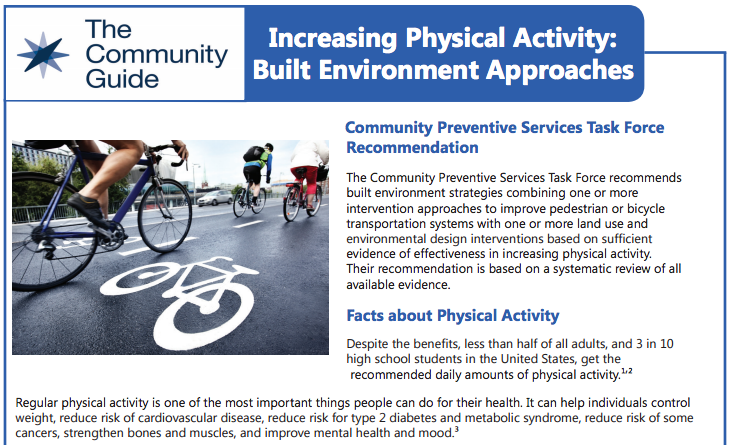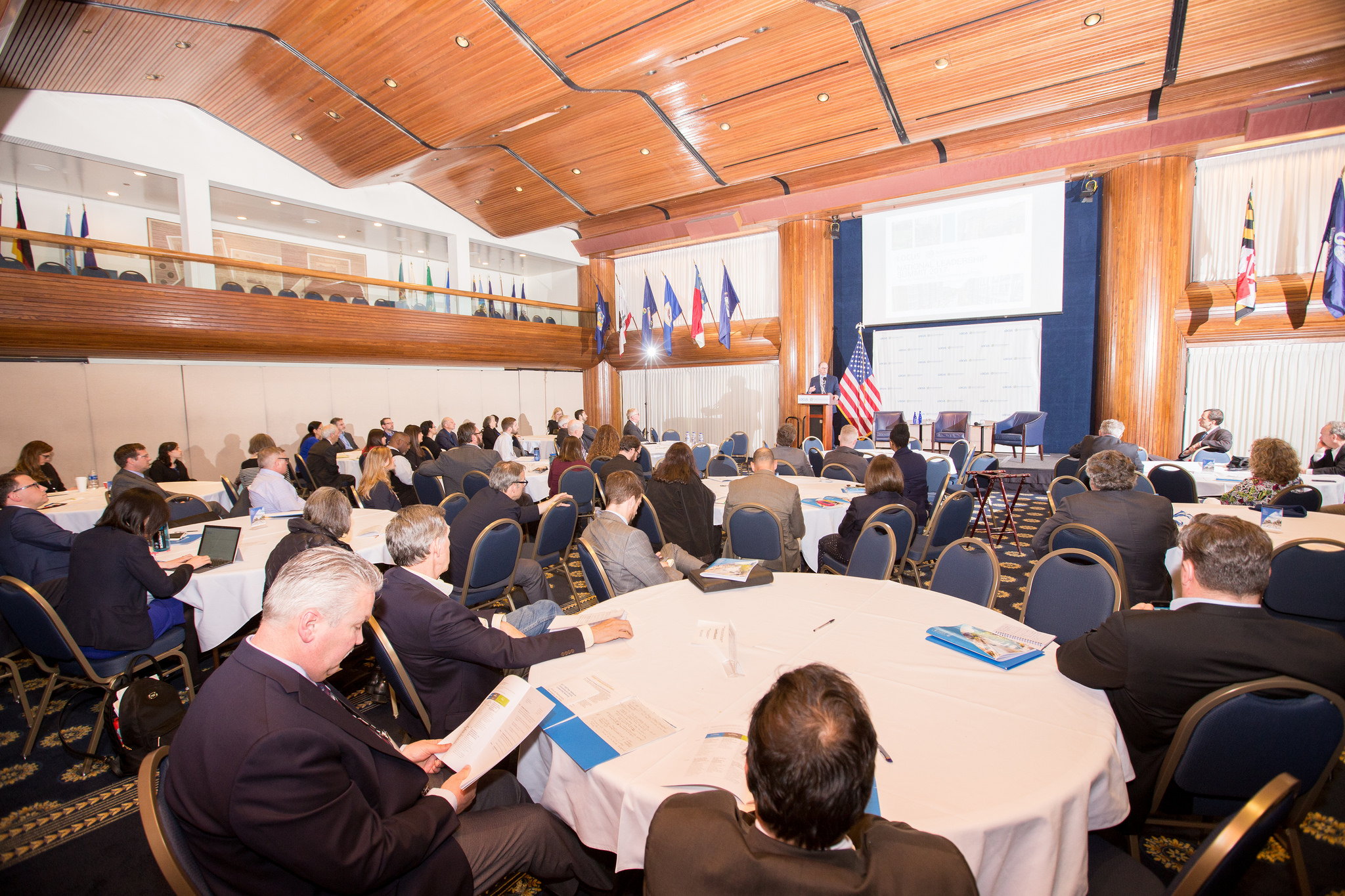“The Best Complete Streets Policies of 2016” comes out on June 8

Mark your calendar! Our annual review of the best Complete Streets policies of the last year comes out on Thursday, June 8, 2017!
This year we are excited to celebrate 1,000 Complete Streets policies now in place nationwide. That includes more than 130 passed in 2016 alone. See the full list of places in the running for this year’s best policy — is your community among them?


